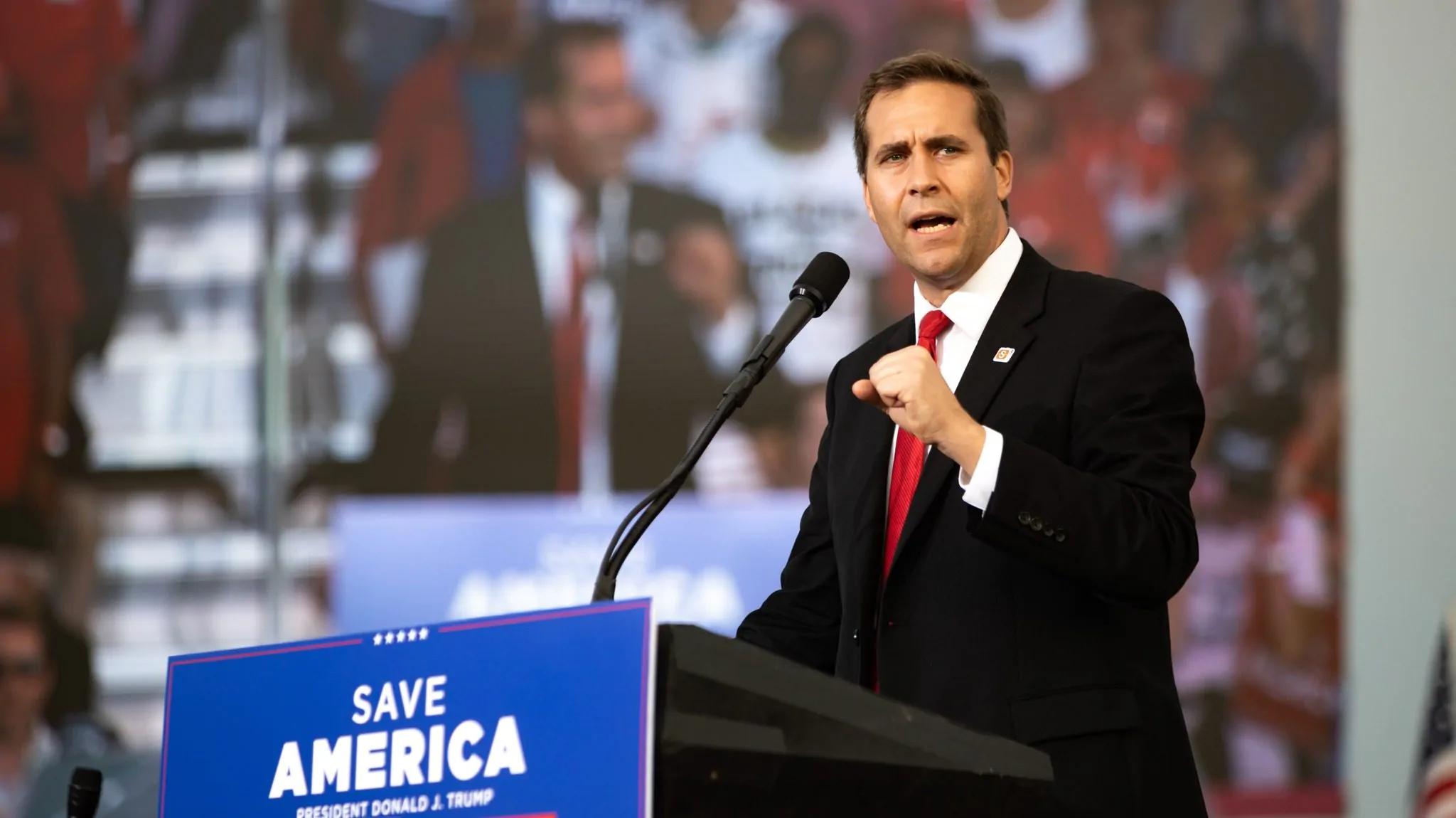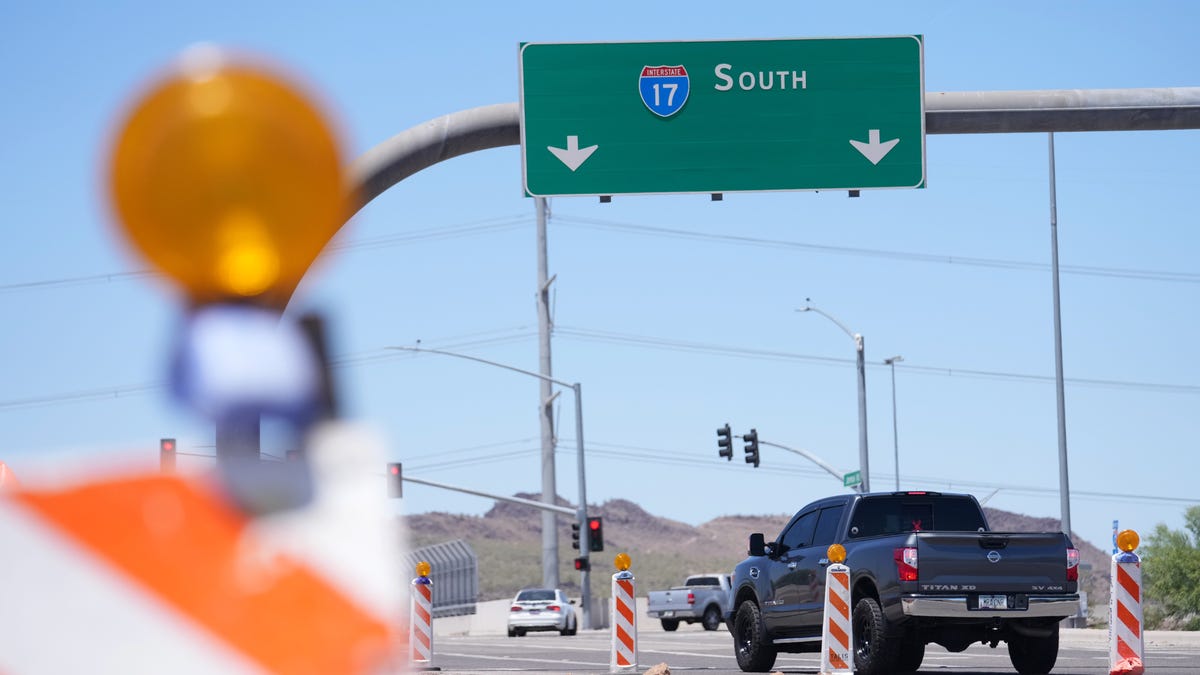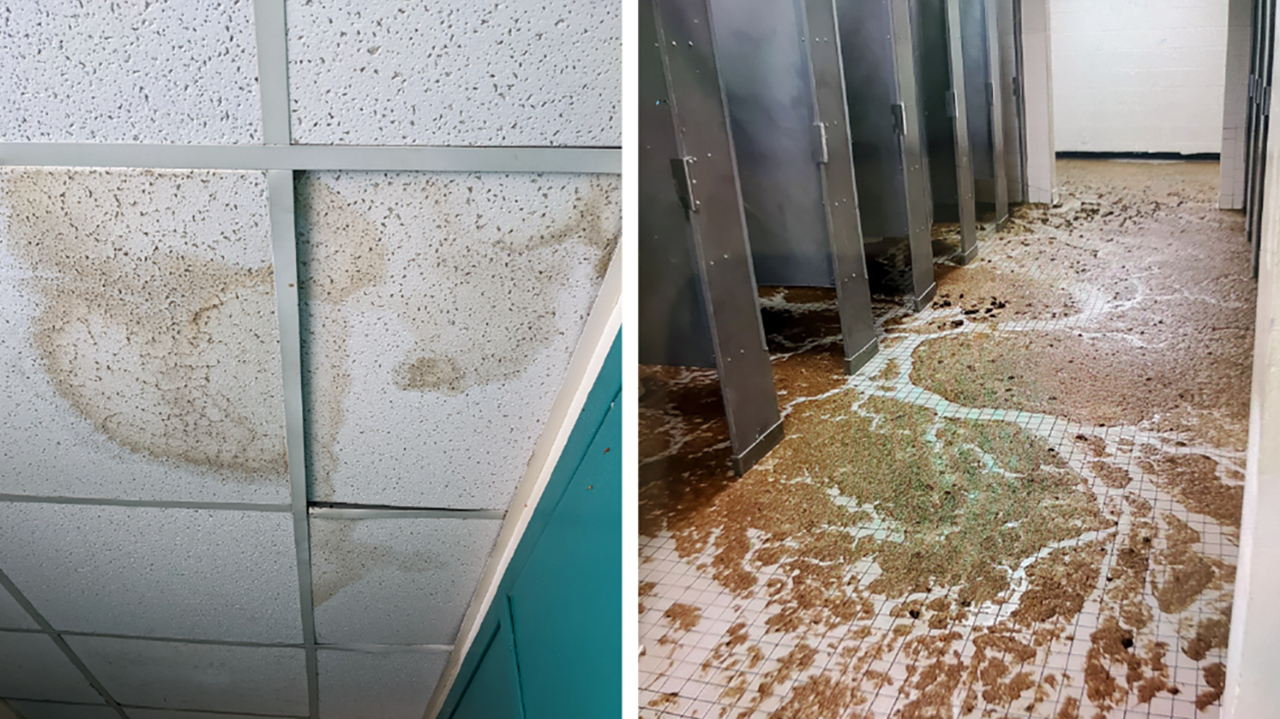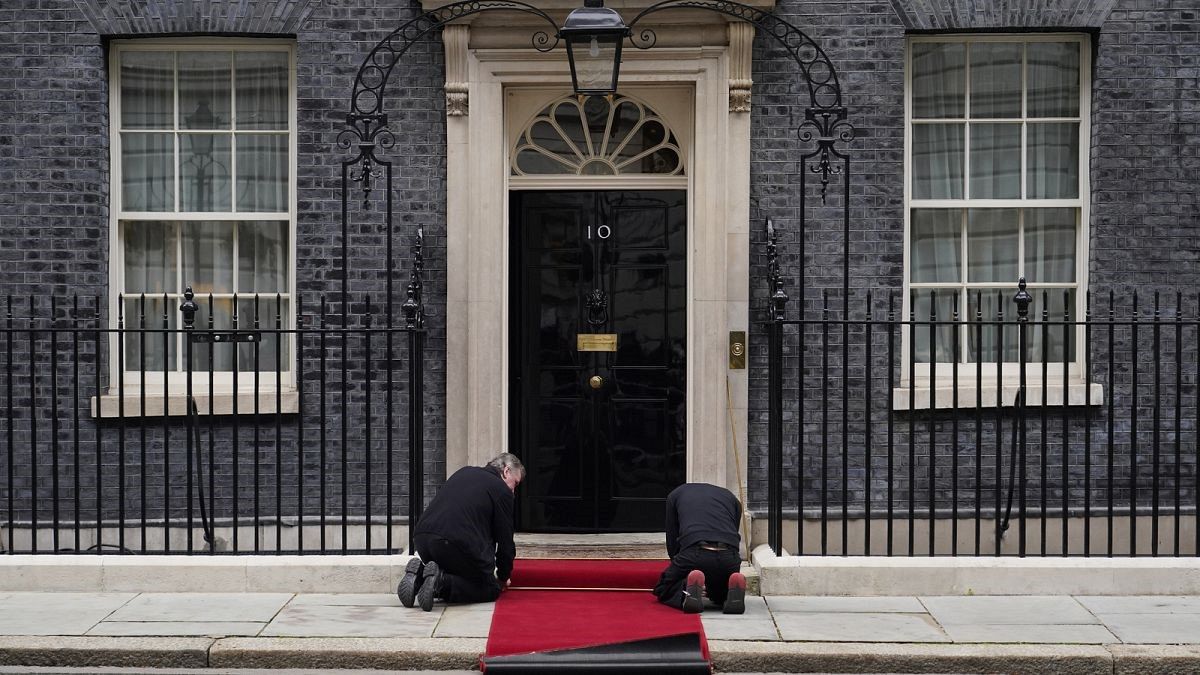Boston, MA
As summers become hotter, Boston moves to implement its heat resilience plans

For much of the country, this past June was hot — sometimes dangerously hot. In Boston, record-setting temperatures and the heightened risk of heatstroke prompted the city to declare a heat emergency, end school days early and open cooling centers. As heat waves become more common in the region, city officials have created a plan to prepare our infrastructure and communities for the hotter days ahead. GBH’s All Things Considered host Arun Rath discussed Boston’s heat resilience plan with Zoe Davis, a climate resilience project manager with Boston’s Environment Department, and Matt Kearney, the deputy chief of the Office of Emergency Management. What follows is a lightly edited transcript.
Arun Rath: To start off, we’re already seeing the effects of climate change in the city, right? It’s not our imagination. It feels that summers have been getting much, much hotter.
Zoe Davis: That is definitely true. In the city of Boston we have historically had about ten days over 90 degrees in Boston’s more recent history. But due to the impacts of climate change, we are expecting to see more days over a 90-degree threshold and even more days of chronic heat, which are days over 80 degrees.
Rath: In terms of the city specifically, we hear this term that Boston is a “heat island.” Can you talk about what that means and how different communities in the city might experience heat waves differently?
Davis: So, relative to the state of Massachusetts, the Greater Boston area and Boston itself is considered to be a heat island because it’s hotter than the surrounding area. So we do say that the city of Boston is itself a heat island, but within the city there are these temperature hotspots: areas that are within the city that are hotter than others. So some of these areas are typically areas of higher building density, areas where there’s expansive roadway or dark hardscape. These often follow our transportation corridors, areas where there’s large buildings. Then areas that are cooler in the city, by contrast, are parks, typically, and also along the coastline edge and areas that are near bodies of water.
Rath: Matt, how is the city preparing for this? Something that that goes beyond what we’re used to preparing for.
Matt Kearney: Yeah, it takes a whole city approach. So on the Emergency Management side, our work is looking at the short-term response, [to] this heat that’s occurring earlier in the year and later in the year. I know we declared a heat emergency in September last year, which is uncommon. So it’s on us to work with the Environment Department, Boston Planning Development Agency and all the other stakeholders that are taking these long-term projections, and getting a sense of where those resources are needed now in the city. So we’re taking a look at these heat islands that we know are impacting certain neighborhoods, ensuring that they have the adequate cooling resources, as well as other resources that we can make available to those residents because their neighborhoods are hotter than other areas within the city.
Rath: Other sorts of adaptations we’ve been making to climate change from energy conservation to cleaner forms of energy have obvious other benefits. Aside from the direct ones we’re talking about when we’re upgrading infrastructure for heat resilience, are there other additional side benefits to doing that as well?
Davis: Yes. We look at co-benefits of integrating heat resilience broadly. So for example, when we’re thinking about integrating heat resiliency to our roadway infrastructure, there are opportunities to also integrate green infrastructure, which then can have a positive impact on how we are managing stormwater. There’s also elements in this example of making sure to integrate elements around safety, wayfinding and accessibility. I think, similarly, when we’re thinking about improvements to our buildings — as you had mentioned, integrating energy efficient elements into our buildings, as well as coordinating that with decarbonization efforts — is a part of a holistic approach to being climate-resilient, which includes heat resilience as well.

Boston, MA
Editorial: Want Gov. Healey’s support, Biden? Fix migrant mess

As confidence in Joe Biden circles the drain, the president’s team is circling the wagon.
Biden’s Wednesday schedule included a sit-down with a group of Democratic governors in a closed-door meeting at the White House, the Hill reported.
As the Herald reported, Gov. Maura Healey was on the invite list, and the gist of the meeting was to reassure supporters that he could win in the November election, despite his train wreck performance in last week’s presidential debate.
Also settling into the comfy chairs: Minnesota Gov. Tim Walz, the chair of the Democratic Governors Association, California Gov. Gavin Newsom, Illinois Gov. JB Pritzker, Michigan Gov. Gretchen Whitmer and Kentucky Gov. Andy Beshear, their offices confirmed to The Hill.
Rhode Island Gov. Dan McKee, Maryland Gov. Wes Moore and Delaware Gov. John Carney were also heading to the White House for the meeting, according to a source.
“Democratic governors are proud to be some of the President’s closest partners and allies on the campaign trail,” Walz said in a statement to The Hill, adding, “The president has worked side by side with us to deliver for the people of our states and we’re looking forward to talking with him today.”
A CNN/SSRS survey found former President Donald Trump maintaining a six-percentage point lead (49%-43%) over Biden among registered voters following the Atlanta debate.
What’s worse for Biden, 75% said they believed Democrats would have a better chance of winning the White House if someone else was the party’s nominee.
It’s all hands on deck at the White House and among many Democratic leaders to right the ship, even as it keeps taking on water.
This could be good for Massachusetts.
Healey, as have many governors wrestling with the migrant influx, called upon Washington for help time and again. The state is footing a nearly $1 billion bill for shelter and care for migrant families, and room and money keeps running out.
Biden needs Healey, who has always been a supporter he could count on. Now it’s time to pay it back.
Whether it’s on the list of talking points now or in the coming months, Healey has to make it clear that if Biden wants her help, then he has to step up to help with the migrant situation in Massachusetts.
Ideally, Biden could close the border to give beleaguered states some breathing room. The Healey Administration sent a team to the southern border to “educate” would-be Massachusetts-bound migrants that there’s no room for them here.
Hard to pull off with a right-to-shelter law, but at least they tried.
If the president really expects to get governors to pull out the stops for Biden as plausible, winnable candidate, then he needs to start writing checks.
First, to reimburse the state for some of the funds already spent on migrant housing and care, second, to establish a funding pipeline for future arrivals and schooling costs, and third, to put some muscle and manpower behind properly vetting asylum seekers and keeping criminals from crossing the border.
Healey needs that for Massachusetts. And now Biden needs Healey.
Make him earn your support, governor.
Boston, MA
4th of July weather forecast for Boston and the holiday weekend: ‘Downright tropical’

Unlike some recent rainy Independence Days, those heading to the Esplanade for the Boston Pops and fireworks should be in the clear this Fourth of July.
The National Weather Service is forecasting a warm holiday with rising humidity, but it should be dry in the Boston area.
The agency’s forecast discussion states, “Downright tropical!”
“Right now it’s looking like a pretty good day,” NWS meteorologist Kyle Pederson told the Herald.
High temps during the day are expected to be in the mid-80s, as clouds increase throughout the day. It should get quite humid, however, as dewpoints rise into the upper 60s.
Then during the evening along the Esplanade, temps should be in the 70s.
“It’s going to be cloudy, but the clouds will be high up so it shouldn’t affect the viewing of the fireworks,” Pederson said.
Then on Friday, temps should tick up a bit in the 80s along with even more brutal humidity. Dewpoints are expected to climb into the low 70s.
“It is the type of humidity you can feel,” the National Weather Service’s forecast discussion reads.
Then over the weekend, there will be a risk of rain and thunderstorms but it won’t rain continuously. Heavy rains will be possible.
“Saturday is the best chance for rain and thunderstorms, but the timing and where those happen are uncertain at the moment,” Pederson said.
Saturday will have the highest humidity levels, with dewpoints potentially in the mid-70s.
Boston, MA
Boston College Hockey Forward Ryan Leonard Confirms Return For Sophomore Season

Boston College hockey forward Ryan Leonard confirmed that he will still be returning to Chestnut Hill for his sophomore season.
The 2023 Washington Capitals first-round pick discussed his decision during media availability on Wednesday morning and shared that the Caps offered him an entry-level contract after clinching a berth in the Stanley Cup Playoffs.
“My whole plan the whole time was two years and then come here, but I had no idea they were actually going to offer me,” said Leonard. “It all happened so fast. I don’t really know if I was completely prepared for it.”
Leonard talked about when he was offered the contract and that he stayed up for most of the night weighing the decision and discussing it with his brother John before coming to a conclusion.
“It was whatever I wanted to do,” said Leonard. “Made a big spreadsheet, notes, whatever you want to call it. Pros and cons of both, but ultimately, I think I made the right decision.”
The Amherst, Mass., native also said that fellow teammate Will Smith’s decision to sign an entry-level contract with the San Jose Sharks did not impact his choice.
“No. I’m myself,” said Leonard. “He’s him. You want the best for him, and it’s not about individuals. It’s about the team, and I want to be a part of the team that wins Boston College another national championship. Not really ready to leave yet.”
Leonard had a stellar freshman campaign. In his 41 games played, he tallied 31 goals and 29 assists for 60 points, 168 shot attempts for a .185 percentage, and six game-winning goals.
The 19-year-old is the second Eagles hockey player to announce his return to Boston College for his sophomore season. Gabe Perreault shared his decision to return during Rangers media availability on Tuesday.
-

 Politics1 week ago
Politics1 week agoSupreme Court to review Tennessee ban of puberty blockers, transgender surgery for minors
-
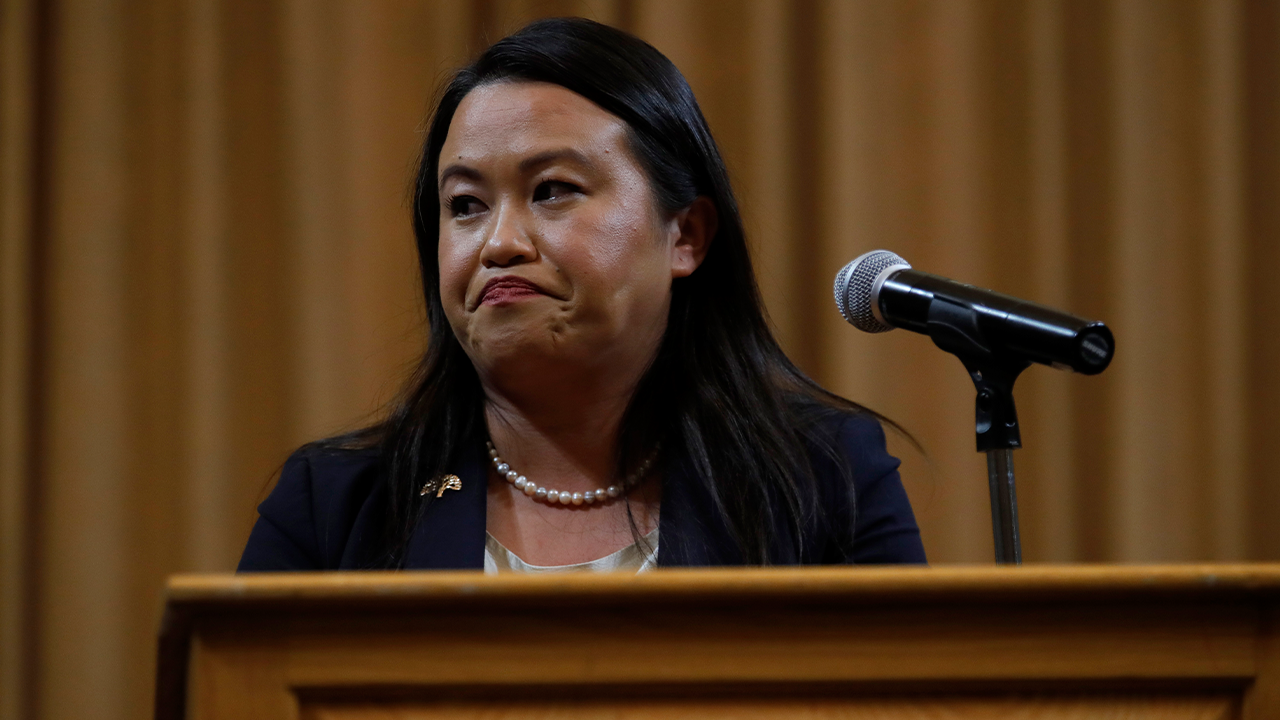
 Politics1 week ago
Politics1 week agoOakland mayor breaks silence after FBI raid: ‘I have done nothing wrong’
-

 News1 week ago
News1 week agoWhere Joe Biden and Donald Trump Stand on the Issues
-

 Politics1 week ago
Politics1 week agoPopular Republican and Trump running mate contender makes first Senate endorsement in 2024 races
-

 Movie Reviews1 week ago
Movie Reviews1 week agoMovie review: Thelma thieves and steals your heart
-

 News1 week ago
News1 week agoToplines: June 2024 Times/Siena Poll of Registered Voters Nationwide
-

 Politics1 week ago
Politics1 week agoFox News Politics: Trump Ungagged…Kinda
-
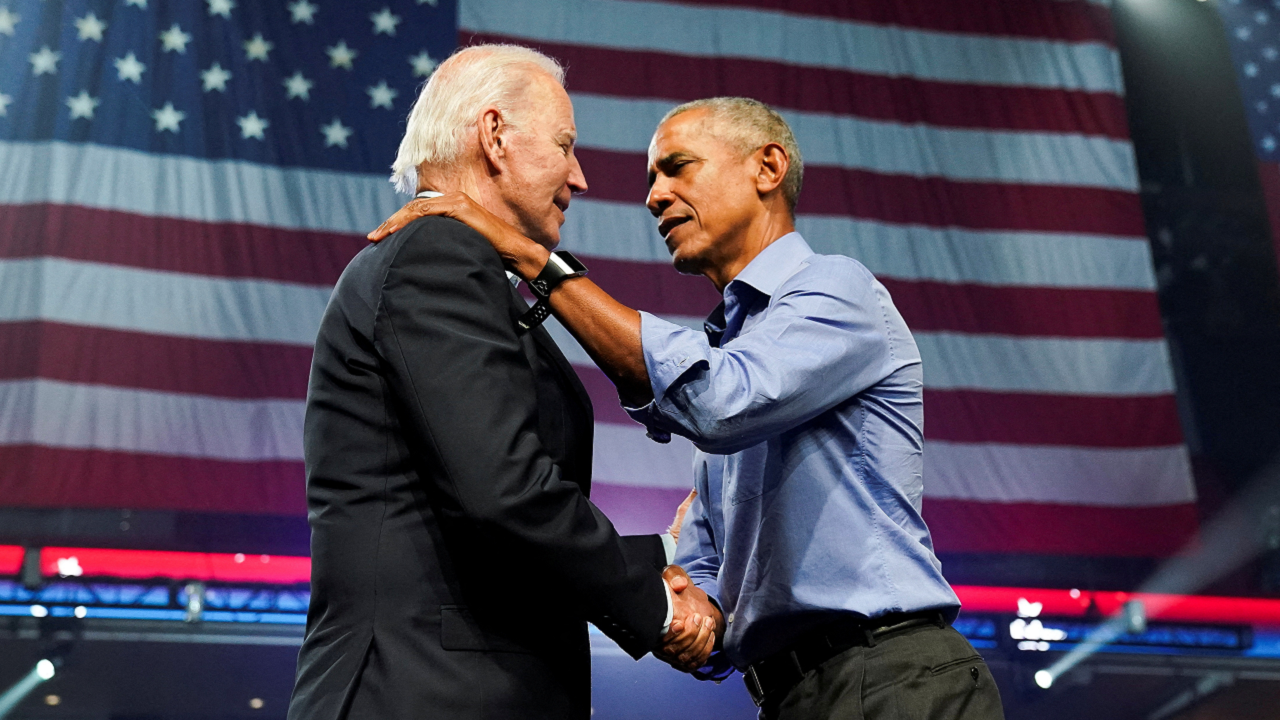
 Politics1 week ago
Politics1 week agoObama again stepping into role as Joe's closer ahead of Trump v Biden rematch



